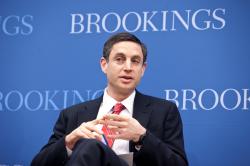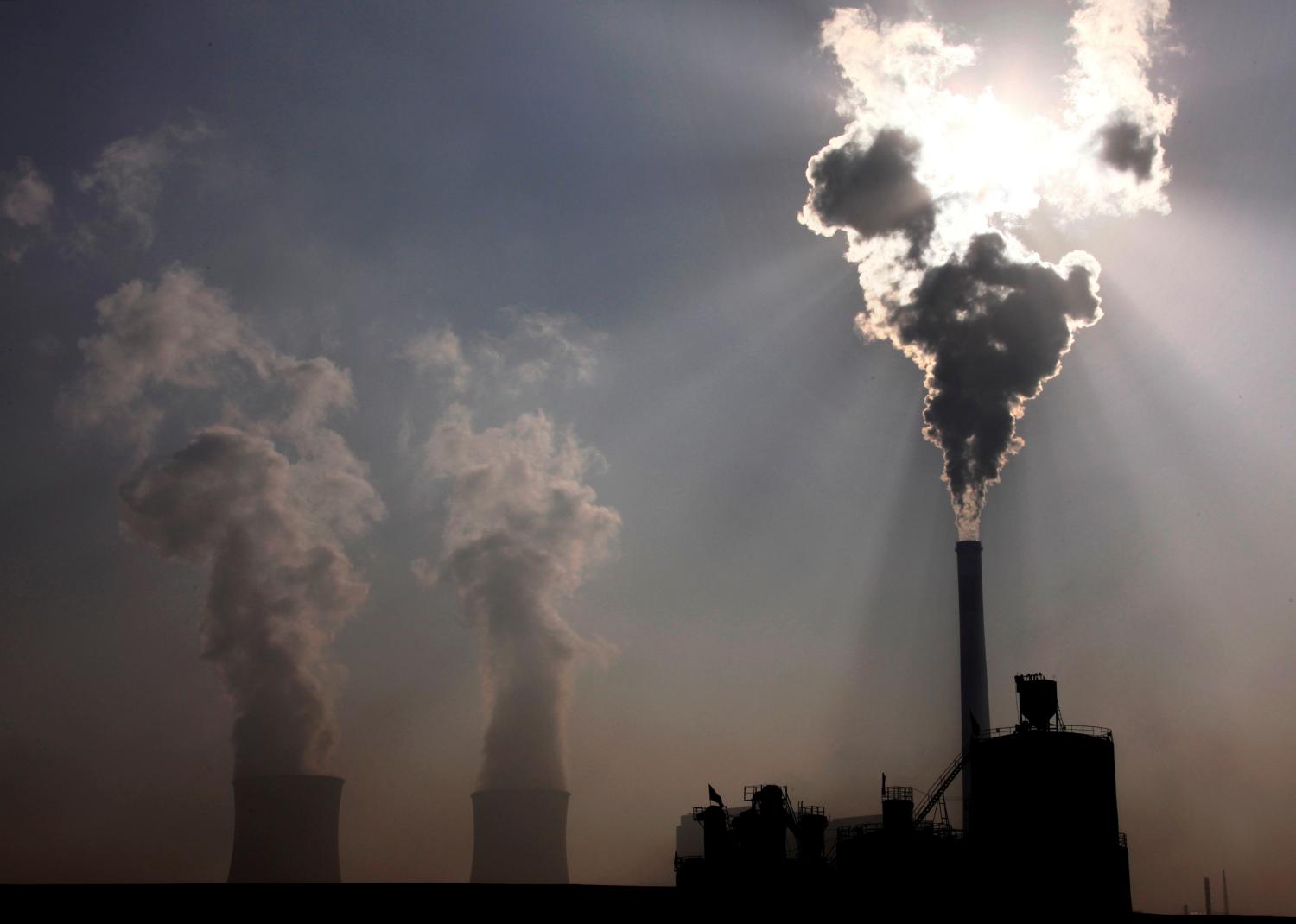This paper originally appeared in Science Magazine.
About 40% of all coal mined in the United States is extracted from lands owned by the federal government, under leases managed by the U.S. Department of the Interior (DOI). As 13% of U.S. energy-related greenhouse gas emissions come from burning coal, and the U.S. boasts 10% of the world’s known coal reserves, federal coal alone has the potential to contribute substantially to CO2 atmospheric concentrations.
In response to calls for reform to the Department of Interior’s coal leasing program, resulting from the Paris agreement and U.S. efforts to reduce CO2 emissions, DOI has suspended all new leases while working to develop the program’s first major reform since 1982. In a new paper, Brookings Senior Fellow Adele Morris and co-authors review existing knowledge of key issues relevant to DOI reform before turning to actions that would contribute to more informed debate and policy development.
The Brookings Institution is committed to quality, independence, and impact.
We are supported by a diverse array of funders. In line with our values and policies, each Brookings publication represents the sole views of its author(s).









